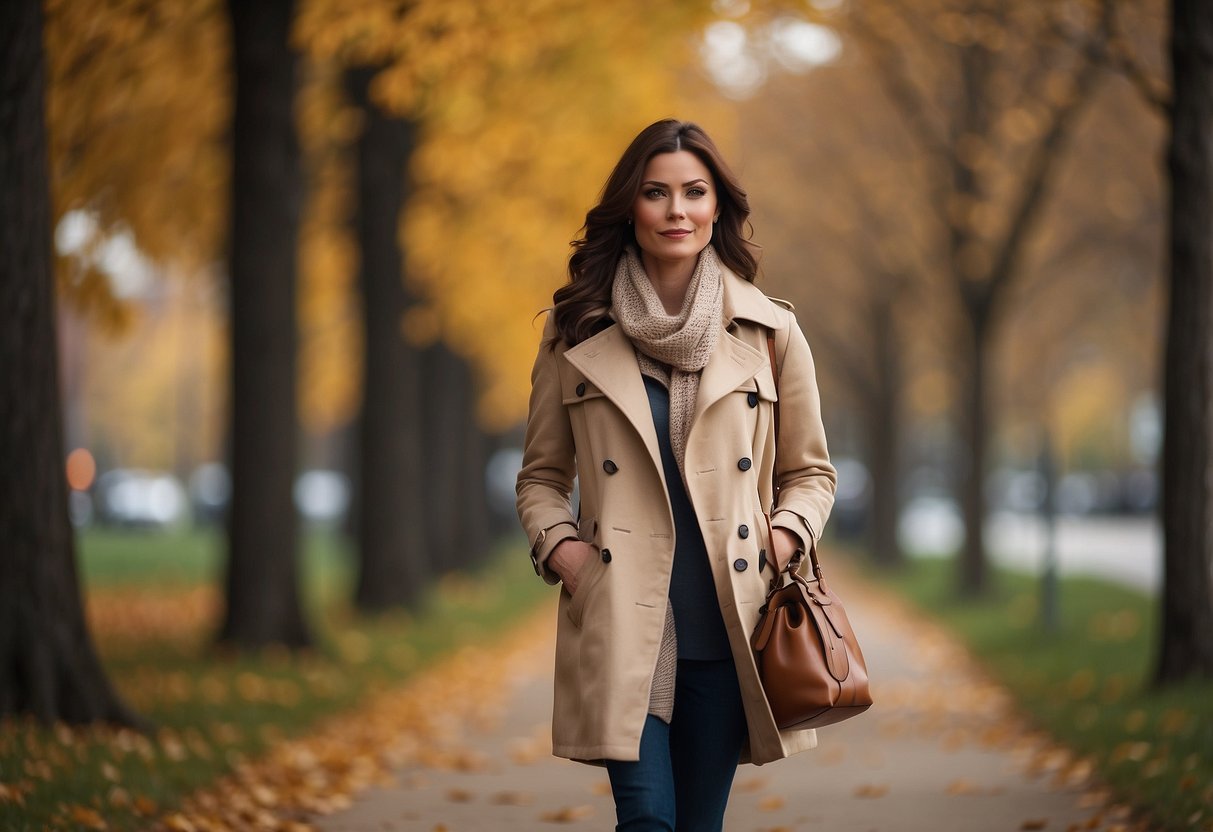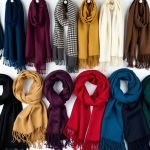
Transitioning Between Seasons
Navigating the space between two different seasons requires adapting your wardrobe by adding or removing layers. The key is to combine practicality with style for seamless transitions.
Spring to Summer Layering
Spring mornings can be cool, but afternoons warm up significantly. Lightweight jackets or cardigans are ideal for this time. Layering with pieces like a breathable t-shirt beneath a light sweater allows easy adjustments as temperatures rise.
Opt for cotton or linen fabrics since they manage perspiration well. Dresses or skirts with leggings can transition effortlessly by shedding the leggings as the day warms. Accessories play an important role; a scarf can be a morning essential that is easily stowed away. Footwear should be adaptable—closed shoes for the morning can transition to sandals by afternoon.
Autumn to Winter Transitions
Autumn to winter calls for strategic layering to keep warm. Begin with a base layer of thermal shirts or turtlenecks. These can be coupled with wool sweaters or fleece pullovers. On colder days, layering a vest under a mid-weight jacket provides insulation without bulk.
Outerwear becomes essential as winter nears. Water-resistant jackets or windbreakers serve well against chilly winds and light rain. Scarves, gloves, and hats form the third layer, adding comfort against dropping temperatures. Boots replace lighter footwear, ensuring feet remain warm and dry.
Fit and function should guide choices, ensuring flexibility and warmth are maintained.
Accessorizing Your Layers
Adding the right accessories can elevate a layered outfit from simple to sophisticated. Focus on pieces like scarves, hats, gloves, belts, and jewelry, which can be both functional and stylish.
Scarves, Hats, and Gloves
Scarves bring warmth and style, available in materials like wool for colder days or silk for a lighter touch. Experiment with different lengths and patterns to complement your layers. A chunky knit scarf can add texture, while a delicate silk scarf offers a touch of elegance.
Hats are crucial for transitional weather. Beanies, fedoras, and berets not only protect against the elements but also add a fashion-forward edge. Choose neutral colors for versatility or bold hues to make a statement.
Gloves aren’t just for winter. Lightweight gloves in materials like leather or cashmere can keep hands warm on brisk days. Look for touchscreen-friendly options to stay connected without sacrificing comfort.
Belts and Jewelry
Belts serve both function and flair. A wide belt can cinch a bulky coat at the waist, creating a more defined silhouette. Thin belts over cardigans or dresses not only secure layers but also add a stylish touch. Opt for classic leather or experiment with textures like suede.
Jewelry adds personality to layered outfits. Simple studs or hoops can complement intricate layers without overwhelming. A statement necklace can elevate a basic turtleneck, while stacked bracelets add interest to exposed wrists.
Selecting the right pieces ensures a balanced look, merging practical needs with fashion sensibilities.
Layering Techniques and Tips
Layering for transitional weather requires strategic choices that blend style with functionality. Achieving a balanced look involves understanding the interplay between pieces.
The Rule of Three
The Rule of Three is essential in creating cohesive layered looks. It involves combining three layers to add depth and versatility. Start with a base layer—this could be a lightweight cotton or silk shirt that manages moisture. Next, add a mid-layer like a sweater or cardigan for warmth. Finally, an outer layer, such as a jacket or coat, provides protection against the elements. Each layer should have a distinct role, ensuring comfort and adaptability as the day’s temperature fluctuates. Avoid overcomplicating; too many layers can be cumbersome. Focus on complementary colors and textures to elevate the ensemble.



